The Ethnicity of the Buddha, Greco-Buddhism, and Scythian Genetics
The strong are the protection of creatures; of the strong there is no fear. Therefore strength is good and in every way the best thing in my opinion.
The Buddha is one of the most interesting, and misunderstood figures in human history. I’ve personally gone back and fourth on it. I think the true meaning of Buddhism is probably only known by a handful of people who are among the highest initiates of the religion. It has unfortunately become common in the west to view the Buddha has just another philosopher, and his teachings as nothing more than a philosophy. I remember in school being taught about Buddhism from a young age from a strangely anti-Mahayana perspective. I assume that the curriculum was written by secularists who wanted to portray Buddhism as a philosophy, but even early Buddhist texts considered canon by Theravada Buddhists are open about the supernatural and potentially omnipotent nature of the Buddha. The miracles of the Buddha are further elucidated in Mahayana scripture, and in later and more populist schools like Pure Land the Buddha becomes something of a Christ-like figure. Anyone who is familiar with Journey to the West is probably familiar with the fantastical powers of the Buddha.
The Buddha is described with a number of idiosyncratic physical traits. His long, black, curly hair tied into a top knot. His protuberance in the middle of his head. His golden skin, and his sapphire-blue eyes. Some of the traits of the Buddha seem like realistic human traits. Others seem like idealistic human traits, like having hair that never greys and a lion-like torso. And a few are just strange, and presumably have some sort of metaphorical meaning, like webbed hands and feet. The Buddha was described as of royal Kshatriya blood, and living in classical India, so it is possible he really did have blue eyes. But, the Buddha’s ancestry is traced to a particular tribe known as the Śākya. It sounds quite similar to the Sanskrit term for the tribes of East Iranics who roamed Central Asia — the Śakas. I was exposed to this argument many years ago, that the Buddha’s tribe — long thought to be a Munda tribe with a possibly Indo-Aryan elite, was actually a Scythian tribe or a partly Scythian tribe which had found itself deep along the Ganges during the late Vedic period.
A Scythian Buddha?
The arguments in favor of this are made primarily by Michael Witzel and Christopher Beckwith. The latter, I’ve discussed before in my China post. The former, will be my primary source of arguments for this post. Firstly, the obvious characteristic: the name. The two names are very similar, sometimes even being translated as one or the other. There are alternative explanations for the Buddha’s. But, it could just be a coincidence. There are Georgians and Georgians, Albanians and Albanians, Galicians and Galicians… It happens. So what other evidence is there? There isn’t a great deal of recorded information about the Shakya clan, but I’ll go over some of the characteristics that align with the Scythian hypothesis.
Several sources describe the Sakyas as non-Aryan in ancestry (the Vedic tribes did not consider the Iranic tribes as Aryan by this point) and they are not present in the Vedas. They claim descent from Ikshvaku, or Okkāka, who Witzel suggests may have originally been different people. I will discuss their origin further in a moment, because I have an earlier passage to share with you all.
From the Ambaṭṭhasutta:
“The ascetic Gotama will be worsted!” He said to the Buddha, “Mister Gotama, the Sakyans are rude, harsh, touchy, and argumentative. Primitive they are, and primitive they remain! They don’t honor, respect, revere, worship, or venerate brahmins! It is neither proper nor appropriate that the Sakyans—primitives that they are—don’t honor, respect, revere, worship, or venerate brahmins.”
This aligns with Vedic stereotypes of the Sakas, and with Zoroastrian complaints about the Scythian-Sakas. In the Avesta, Zoroaster is juxtaposed with fellow Iranic peoples, as well as the ethnically ambiguous Turanians, who have resorted to a life of plundering fellow Aryan peoples and practicing religiously impious and excessive behavior. He criticizes the use of Haoma (Soma) by these warriors in an improper setting. Centuries later, the Achaemenids used the epithet “Haumavarga” (Haoma-drinkers) to describe tribes of Sakas, and the Achaemenids say that the Scythians do not practice the religion of Ahura Mazda despite being East Iranics just like Zoroaster. The Buddha himself was a Kshatriya, and a lot of Scholars my audience might be partial towards (*cough* Evola *cough*) consider the Buddha a Kshatriya usurper of the Brahmanical religion of India.
The Buddha did not respond to this sitting down.
Then it occurred to the Buddha, “This Ambattha puts the Sakyans down way too much by calling them primitives. Why don't I ask him about his own clan?"
So the Buddha said to him, "What is your clan, Ambaṭṭha?""
"I am a Kaṇhāyana, Mister Gotama."
“But, recollecting the ancient name and clan of your mother and father, the Sakyans were the children of the masters, while you're descended from the son of a slave-girl of the Sakyans. But the Sakyans regard King Okkāka as their grandfather."
Once upon a time, King Okkāka, wishing to divert the royal succession to the son of his most beloved queen, banished the elder princes from the realm — Okkāmukha, Karakaṇḍa, Hatthinika, and Sinisūra. They made their home beside a lotus pond on the slopes of the Himalayas, where there was a large grove of sakhua trees." For fear of breaking their line of birth, they slept with their own (saka) sisters."
[…]
Now, King Okkāka had a slavegirl named Disā." She gave birth to a boy named "Black"." When he was born, Black Boy said: 'Wash me, mum, bathe me! Get this filth off of me! I will be useful for you!" Whereas these days when people see goblins they recognize them as goblins, in those days they recognized goblins as 'blackboys'.
They said: 'He spoke as soon as he was born-a blackboy is born! A goblin is born!' From that day on the Kanhāyanas were proclaimed, and he was their founder. That's how, recollecting the ancient name and clan of your mother and father, the Sakyans were the children of the masters, while you're descended from the son of a slavegirl of the Sakyans."
When he said this, those young students said to him, "Mister Gotama, please don't put Ambattha down too much by calling him the son of a slavegirl."
Wow… This was an absolutely savage roast by the Buddha! And to top it off, he threatened to have his bodyguard Vajrapani (who is often depicted as Herakles — I’ll get to that later) smash the slave-descendant’s head into seven pieces!
Anyways, there are some key elements to this story. Firstly, it suggests that the Sakyas are not indigenous to the region of their tribe, an area quite faraway from any Sakas. This may be assumed to just be part of the myth of the expansion of mankind, as Okkaka is the son of Manu. But nearby and culturally similar tribes are mentioned with reference to northwestern India. To quote Witzel:
Again, Pånini (c. 5th cent. B.C.) still knows of the Vrji as a Panjab group (4.2.131, next to the Madra), probably with a tribal organization (gana). The Mallas, too, were still living in the desert of Rajasthan at the time of (JB265) and some of them remained there even in Alexander's time [Mallians]; they are a rather martial group, according to both JB and Alexander's historians. Both the Malla and Vrji apparently immigrated into the east only after the end of the Vedic period, but well before the time of the Buddha (c. 400 B.C.) This must have been one of the last great infiltrations in Vedic times of western peoples into the lower Gangå area
So, it is not terribly unlikely that an Iranic people migrated so far east into India, as many Iranic tribes had by the 5th century BC already made incursions into the subcontinent — be it on their own or in collaboration with the Persians. The Sakas had proven unimpeded by the harsh geography of South-Central Asia when they crossed the Tian Shan mountains into China, becoming the Wusun and Yuezhi.
The second point of note is the mention of incest among the Shakyas. This was a practice associated by Indians and Greeks alike with the Iranic peoples, albeit mostly the Persians and mostly after certain religious corruptions spurred on by the Achaemenid royal court. Practices like this were shunned by the Vedic Aryans but appear in reference even to the lineage of the Buddha himself. Reading Witzel’s religious arguments for an Iranic origin of the Buddha, I can’t say I’m terribly convinced. He mentions some vague mantras shared by Zoroastrianism and Buddhism, as well as the focus on the afterlife in both, but I think the former is meaningless and the latter is not that meaningful since such ideas of heaven and hell had already existed in the Brahmanical religion. In some ways Zoroastrianism is actually more like the opposite of Buddhism — it is anti-ascetic, it posits a linear timeline with a (presumably) final victory of goodness over evil, and it focuses very little (at least exoterically) on any sort of enlightenment or union with the absolute.
However, a lot of these differences may have already existed at the beginning of the Vedic-Ahuric schism. We know that for some reason, the Rigvedic tribes decided to call the deities they worship Devas, and the deities they don’t worship Asuras. While the Iranians called the deity they worshipped Ahura, and the deities they did not worship Daevas. There are clearly deities shared between the two cultures, like Mithras. Tangentially, Æsir might be cognate with Ahura/Asura. Some suspect that there was a sort of religious falling out between the Indo-Aryans and the Iranic tribes because of this.
One could perhaps make the argument that Buddhism is actually more similar than Hinduism to Zoroastrianism in some regards. The strongest similarities are observed in the Zurvanite tradition of Zoroastrianism, which posits the existence of a transcendent being beyond Ohrmuzd and Ahriman called Zurvan, who is identical to eternity (which, in a metaphysical sense, is different from simply being a “time god”). You can more generally argue that the lack of a particular identity associated with an ultimate reality is itself a difference between Zoroastrianism and Hinduism that could generate the synthesis of Buddhism. And this is only considering Zoroastrianism, something most Sakas probably didn’t practice earnestly. What may be more relevant is the religion of the Scythians, Sauromatians, and Alans. Interestingly, the Scythians were said to have a Heraclitan view of the world, with the most primordial element being eternal fire symbolized by the goddess Tapati. It is this view, in the Greek context, which is most often brought up in discussions about similarity with Buddhism. Heraclitus’s eternal flame is parallel to the Buddhist understanding of Sunyata. It isn’t empty in the sense that it is literally nonexistent, it is empty in the sense that it cannot possibly be attributed static qualities or form. When Heraclitus describes the fundamental substance as fire, he is similarly saying that static objects only exist secondarily to an infinite kinesis, a fire which is at every single moment flickering and embodying something different.
If you want to read more about my thoughts on Zurvanism — how old it is, where it came from, whether or not it was orthodox or heterodox, I talk about it more in this post:
but there are a few important takeaways. First of all, Zurvanism was a little more favorable to asceticism than other forms of Zoroastrianism. The Ahuric-Ahrimanic divide is not the ground in it, instead it is ground in the more or less neutral and conceptual figure of Zurvan (possibly equivalent to Vayu-Vata, or the sum of Vayu-Vata and Ahura-Ahriman). This leads to some of the elements of the monistic traditions of Hinduism and Buddhism (Buddhism in my opinion is best described as monistic, not atheistic) including ascetic practices. Secondly, Zurvanism may be cognate with the Buddhist school of Sarvastivada, an early school centered in the Iranic-speaking world. The future Buddha is also known as the Maitreya, which is cognate with the Indo-Iranian deity Mitra. But Mitra is much more significant in Zoroastrianism and the Iranic world in the form of Mithra than he is in Hinduism. Even in Hinduism he is recognized as an Asura, interestingly, but he is still venerated. He also fulfills much more of a savior role in the form of Mithra, at least in heterodox Iranic traditions like Mithraism and Manichaeism. The cult of Mithras seems to have had a Zurvanic element, as figures representing Zurvan (associated with Aion in the Greco-Roman tradition) in the form of the Leontocephalus.
The last thing I ought to mention is the Buddhist use of Stupas, round hemispherical burial tombs not dissimilar to the burial mounds used by the Scythians. The Hindus did not have positive opinions of such structures by this time, shown in the Shatapatha Brahmana where such structures are associated with “Asura-worshippers”.
Boob Break
This is what the average Sogdian woman looked like before the Tadjiks and Yaghnobis transmogrified into ugly mountain peasants
So… All of that evidence… Do I believe the Buddha was a Scythian? Hmm, it’s possible. But for many of these things there are alternate explanations. I would consider it equally possible that the Shakyas were Indo-Aryan or of Munda origin. But there are many compelling similarities. Details about the Buddha’s life weren’t written until well after his death, and the actual life of the Buddha is less important than the state he achieved. So it is unlikely that we will know the identity of the Buddha for sure. We call him Siddhartha Gautama, but we also call Christobal Colon, or Christoforo Colombo, or whatever, Christopher Columbus. One thing that verifiably was Iranic was the demographics of early Buddhism. And furthermore, it was actually quite Greek. Have you ever seen this statue of the Buddha before?
This was made by Greeks, or at least it was made in a Greek style. Because it was made in Gandhara, shortly after the end of the Indo-Greek Kingdom and under the rule of the Kushan Empire. It was the Greeks who first started depicting the Buddha as a man — before them, he was mostly depicted with symbols. The bodyguard of the Buddha, Vajrapani, becomes depicted as Herakles. Greeks are depicted amongst the worshippers of the Buddha at Sanchi. It was the Greeks and the Scythian-descended Yuezhi and Hephthalites who first introduced Buddhism to China, under the Kushan monk Lokaksema. The Kushan were very influenced by Greek early on, even using it as their official language and minting coins of Greek deities.
The Greek king Menander, and the Kushan king Kanishka (who is pictured above, and continued the Greco-Buddhist cultural tradition) were revered among Buddhists for their early contributions to the religion, with Buddhism likely being first transmitted to China during the reign of Kanishka. In fact, it is said by the Buddhists that Menander achieved enlightenment!
And afterwards, taking delight in the wisdom of the Elder, he handed over his kingdom to his son, and abandoning the household life for the houseless state, grew great in insight, and himself attained to Arahatship!
—Milindapañha
Bodhidharma, the inventor of Shaolin Boxing and Chan Buddhism (the Chinese school of Mahayana and predecessor of Zen Buddhism), was described by the epithet “The Blue-Eyed Barbarian” and was attributed origins on the western frontier of China. In Buddhism, figures like Bodhidharma are called Patriarchs, as they are said to have a direct pedagogic lineage from the Buddha himself. There are secret elements of Buddhism that only the most high know.
Genetics of the Scythians
Okay… So, the Buddha may have been a Scythian, and many early Buddhists were Scythians, but what does that actually even mean? Because, a lot of people seem to have a very skewed understanding of the Scythians and I have to set the record straight. I used to spend a lot of my time plugging various breeds of Scythian, Cimmerian, and Saka into G25, seeing what popped out. I was about to brace myself to slave away recreating admixture models on G25 I had created years prior but lost the pictures of, but I thankfully found a nice article running qpAdm on some of the early Scythian groups. In case you aren’t aware, the difference between qp and G25 is that qp processes all of a DNA file while G25 only processes a 25-dimensional vector determined by which components the sample shares a lot of alleles with. So qp is more reliable, it’s sort of like a vector itself but instead of 25 dimensions it has as much dimensions as the sample has available SNPs.
G25 Results for Tagar:
Despite their reputation as nomadic warlords, the Proto-Indo-Iranian Andronovo culture was actually semi-sedentary. It was, at the very least, more sedentary than the preceding Yamnaya Culture. Agriculture probably played less of a role in this than the advent of bronze tools (and subsequent need to mine copper and tin), and the lucrative trade that flowed through Siberia. However, the Andronovo Culture did not gradually mix with the locals. Instead, it was suddenly replaced by new “Scythian” cultures, which most archaeologists seem to think came from the Karasuk Culture, with the Tagar culture being a genetically fairly similar continuation of the Karasuk.
These were a frontier population related to the Andronovo Culture, more nomadic and more heavily influenced by locals culturally as well. Not really the pure Steppe warriors people tend to imagine when they think of Scythians, being in their most unadulterated form most similar genetically to modern Uralic cultures if anything. They can be modeled It might even be the case that the Siberian component in initial Scythians was a Uralic component, as eastern Andronovo had a lot of relations with the largely Uralic Seima-Turbino Phenomenon.
However, phenotypically both the Tagar and Karasuk cultures were very Europoid and had fair features — light hair, blue eyes. I mean, this is also true for modern Saami, Finns, Mordvins, Mari, Udmurts, so not surprising. Scythians historically have been described by everyone else as very fair in features. It is likely that Iranic peoples in general were, at the time, more predisposed to fair features than Europeans, because the Sintashta and Andronovo cultures were fairer-haired and lighter-eyed than the Corded Ware Culture.
The Cimmerians came first, and some of them were really quite admixed with Siberians (as can be seen above) while others not so much. I believe some newer possibly Cimmerian samples were released some time ago, but I don’t think they were wildly different from the six shown above which range from 0-30% Siberian. Cimmerians also had high % of Haplogroup Q, quite different from the R1a-rich Scythians to follow. We technically don’t know what their language is, and for a long time people thought they might actually have been Thracians and not Iranic at all. Now we know that was probably false. Thracians were clearly culturally influenced by Cimmerians however, and to some extent so were early Celts.
The Scytho-Cimmerians made their way across the remains of the Andronovo Culture, as Steppe cultures are known to do swiftly and spontaneously, backmigrating across the steppe and mixing with their less admixed cousins. They are probably represented archaeologically by the Mezhovskaya culture, which was genetically similar to the Tagar and Karasuk Cultures. By the time they settled in Europe, they had mixed very much with Andronovo and Srubnaya Aryans, leaving very little East Asian admixture in European Scythians (<10%).
In fact, Scythians were often actually so mixed with the locals that in Moldova they had something of a Southern European profile. This was true for some Cimmerians as well, which may suggest that among the Cimmerians the non-siberian samples were assimilated locals.
And Hungarian Scythians are mostly local Celts who became Scythianized.
I have heard some suggest that more slavic-like samples among European Scythians represented a “lower class” while more Siberian samples represented “Royal Scythians” but I don’t think there is much evidence for this. I talk about this a bit more in my post on Slavs.
Siberian influence is strongly noticeable in Scythian cultures. Their religion has shamanic elements, perhaps even to the point of decadence… Look, I don’t hate Shamans or anything, but I already discussed this twice and I’m not going to get into it. Not very Indo-European! More like, very Dene-Yeniseian! It is likely that they learned the practice of Tattooing from the Tarim Basin Mummies (who were not Tocharians or Indo-European at all, they were West Siberian HGs) or from the ancestors of the Inuit (who had not left Beringia at this time).
Scythian cultures east of the Urals, sometimes known as Sakas, are also very heterogenous, but generally have more East Asian than those west of the Urals. The most European is probably the Kangju, who were Sogdians like Alexander’s wife.
Genetically they get modeled as something like 1/2 Yaghnobi or Pamiri + 1/2 Uralic stuff (Finnish, Sami) when you just ask G25 to pick 3 modern pops to model them as. If the Buddha was a Scythian, he would probably be something like this. Or something like that + whatever his Scythian ancestors mixed with coming into India (the myth describes them as not mixing though). The closer you get to the Altai mountains, the more the East Asian increases (ex: other Tian Shan Sakas were being modeled with a mix of Uralic and Siberian/Turkic with their side of Tajik).
The Scythians of Altai and the Kazakh Steppe Scythians were 40+% East Asian. Before genetic studies were done, it was assumed they were more European than they actually are. Why Scythian groups are so phenotypically Europoid probably has to do with some of their East Asian signal being WSHG-derived (WSHGs were rather caucasoid) and part of it may have to do with the “East Asian” type not being fully homogenized yet. I recall seeing a very European looking reconstruction of a pure Neolithic Siberian. I wonder to myself if these groups even spoke Iranic. I mean, there’s no reason to assume they did. It’s not like they wrote anything down. They could be Turks who were Scythianized for all we know.
Turks themselves are heavily influenced by the Bulan-Koba Culture, a transitionary culture between the Pazyryk Culture (largely agreed to be Saka, but around 40-50% East Eurasian in ancestry) and the Gokturks. Bulan-Koba samples are genetically about the same as other Altaian Scythians, and similarly caucasoid in phenotype, but IBD analysis shows that they contributed heavily to the ancestry of all modern Shaz Turks (almost all Turks — Chuvash are the only extant exception).
IBD is different from other metrics of genetic relatedness because it only focuses on long strands of DNA shared between people, because these signify recent ancestry (the smaller they are, the more mutations and recombination has probably occurred to disrupt the pattern). All of this makes some sense, the Turkic and Indo-European religion have many similarities and Iranic religions in particular influenced Turks heavily. Much of the Uyghurs converted to Manichaeism in the early middle ages. Scythians were still far less East Asian than modern Turks, and the Steppe became much more East Asian following the Turkic migrations. For example, no Scythians were as East Asian as the Kazakhs, despite the Kazakhs trying to claim Scythians as their own. However, Scythians in eastern Kazakhstan were very Asian-admixed. Scythians in west Kazakhstan were probably the ancestors of the Sarmatians, who were not very East Asian at all (averaging under 10%), but having a good deal more CHG/Iran-Neolithic ancestry than Scythians in Europe. Sarmatians were pretty genetically homogenous from Kazakhstan to Moldova. Only the Alans (who were mostly of Caucasus ancestry) and the Hungarian Sarmatians (who were mostly of local ancestry, but less so than the preceding Hungarian Scythians) really stand out.





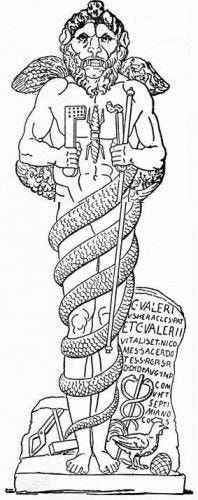

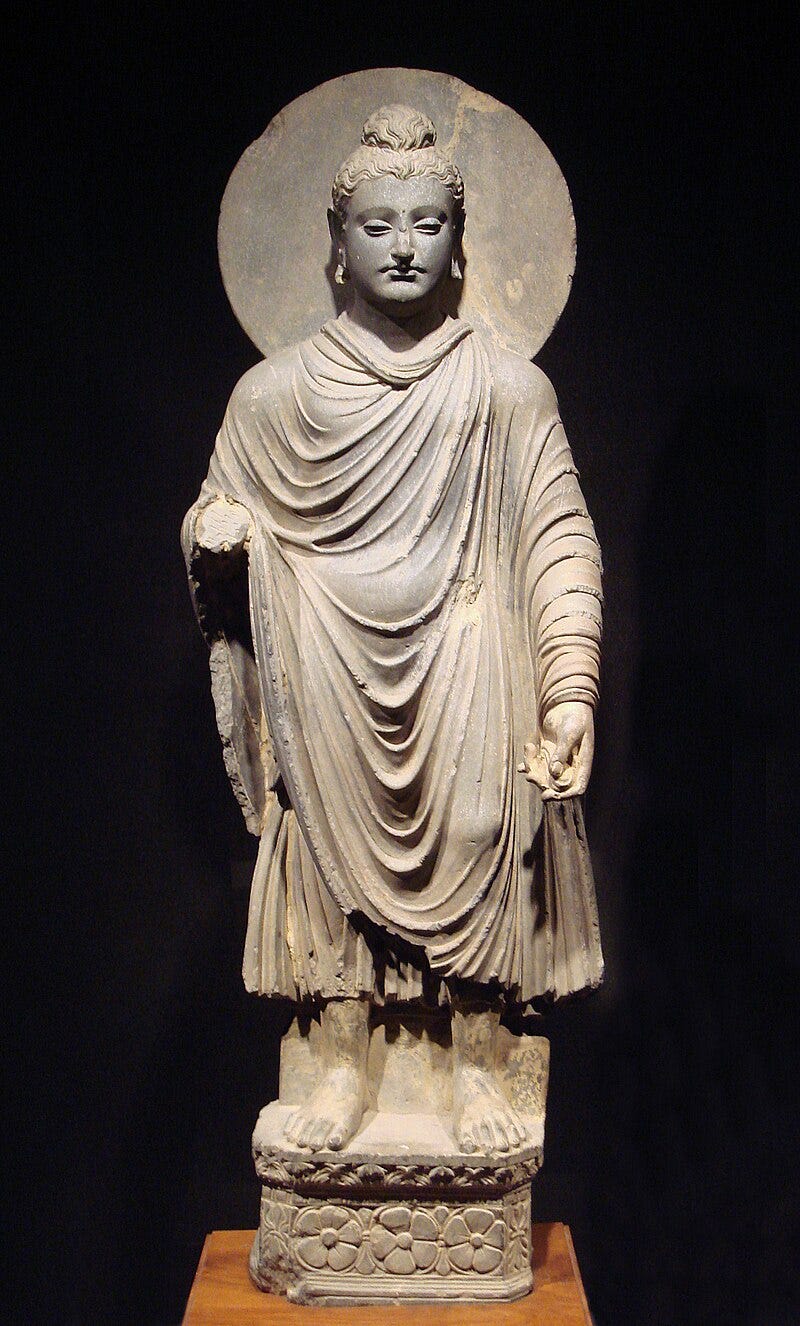
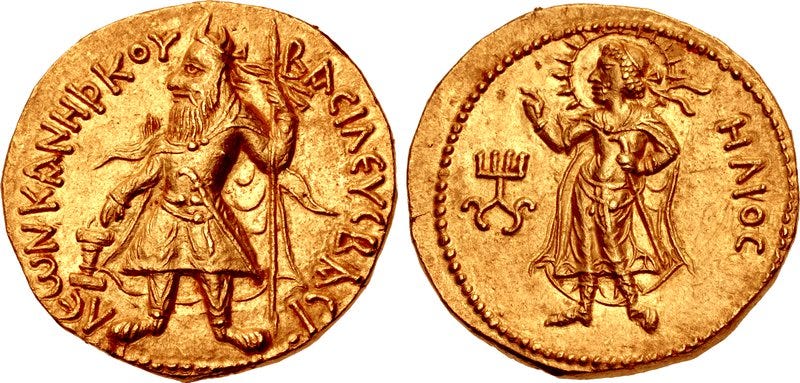
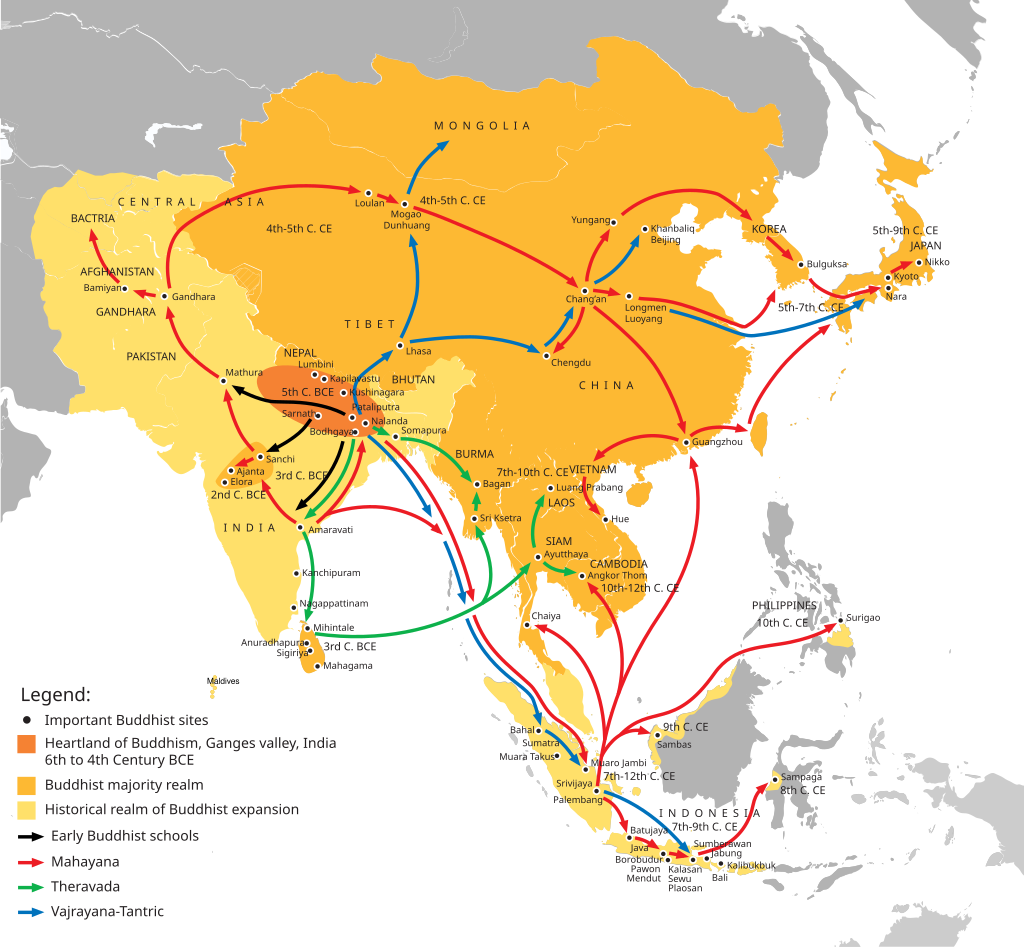
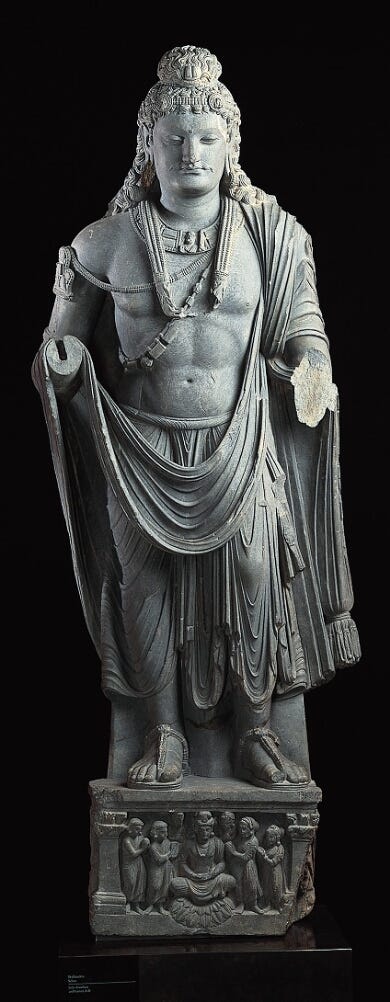

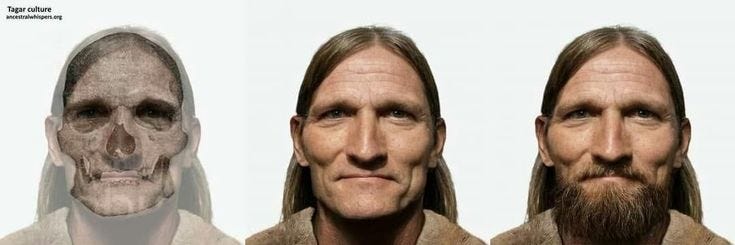




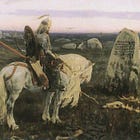

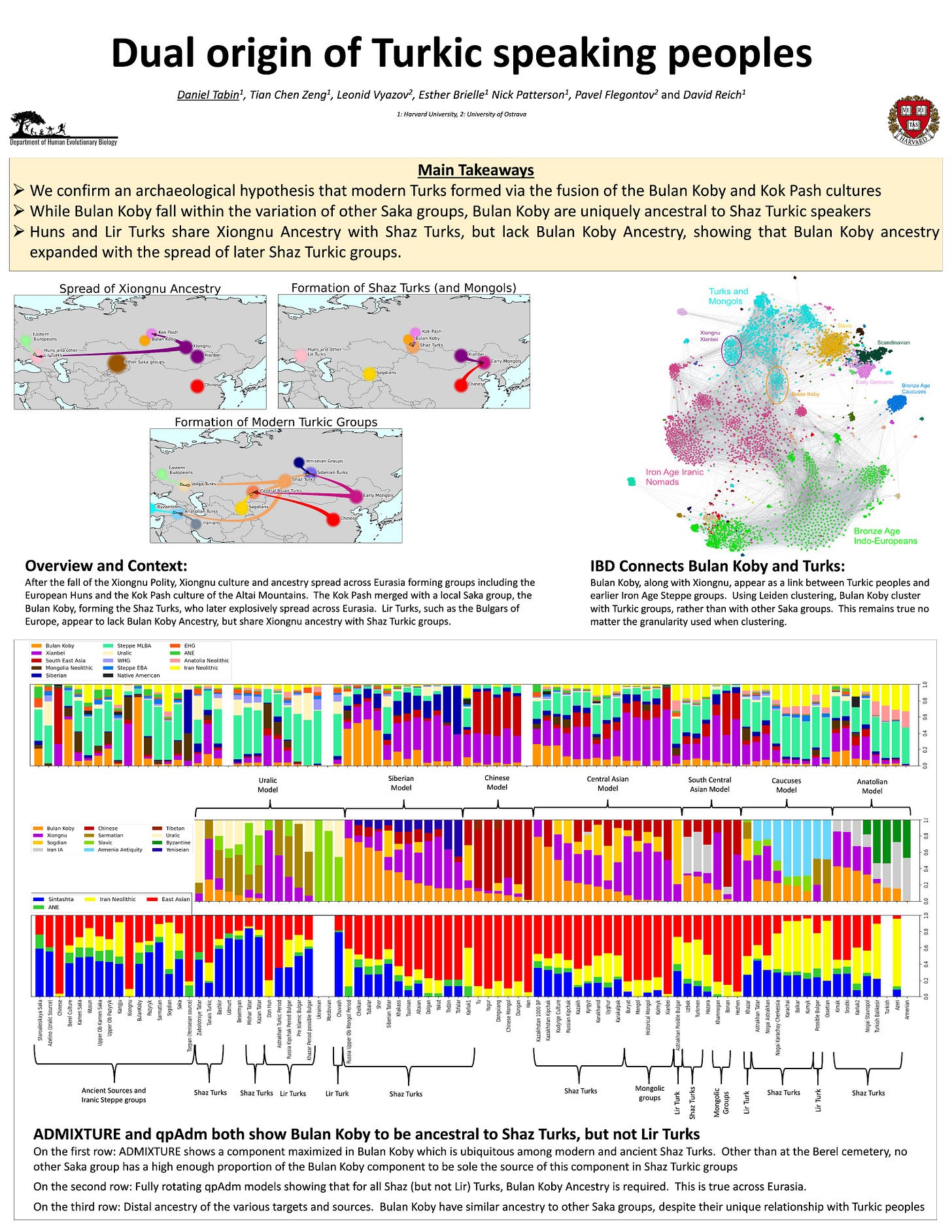





Excellent, excellent boob break, sectionalism. Bravo!
I should print out your stacks and strike debates at unsuspecting strangers